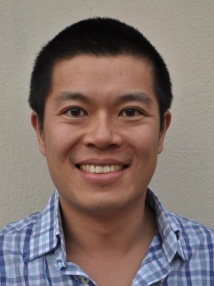BibTex format
@article{Tan:2014:10.1097/qco.0000000000000047,
author = {Tan, LKK and Eccersley, LRJ and Sriskandan, S},
doi = {10.1097/qco.0000000000000047},
journal = {Current opinion in infectious diseases},
pages = {155--164},
title = {Current views of haemolytic streptococcal pathogenesis.},
url = {http://dx.doi.org/10.1097/qco.0000000000000047},
volume = {27},
year = {2014}
}

